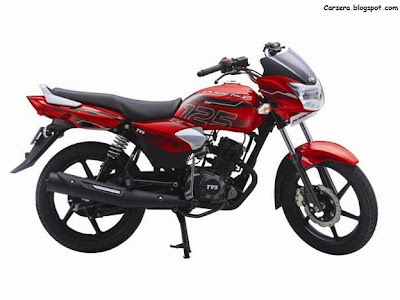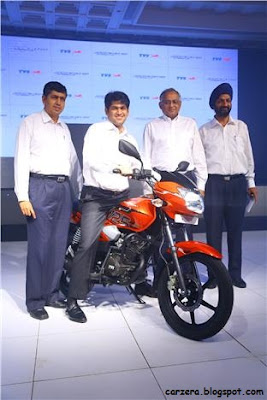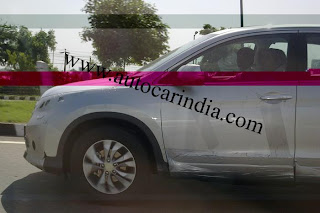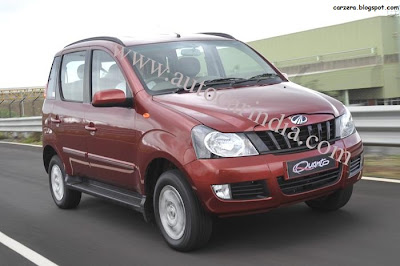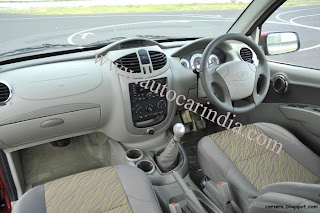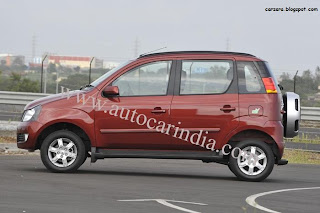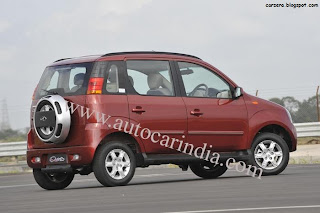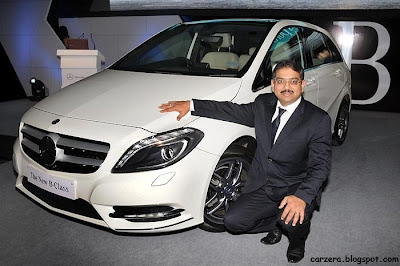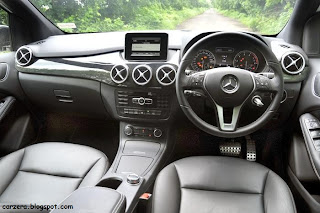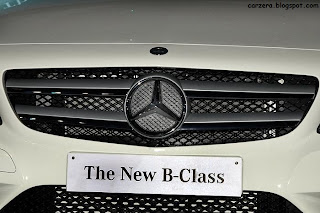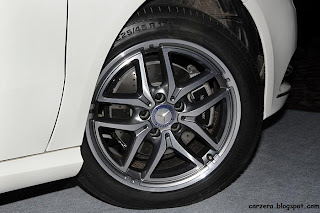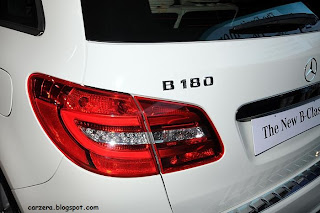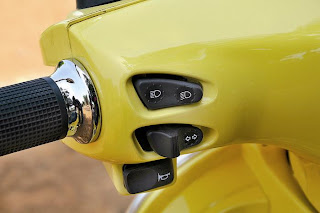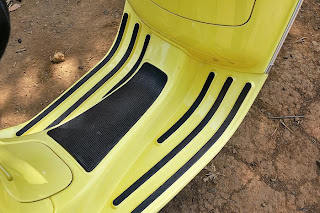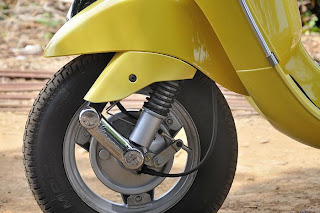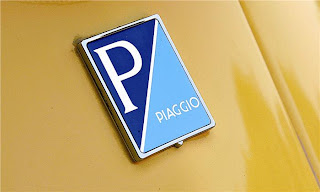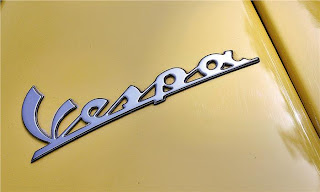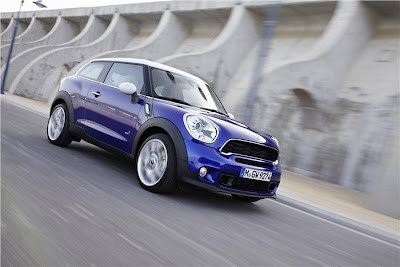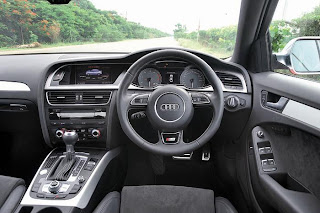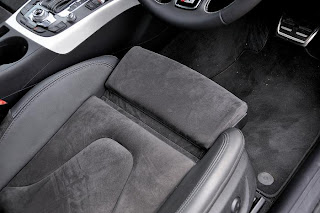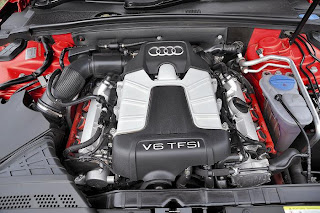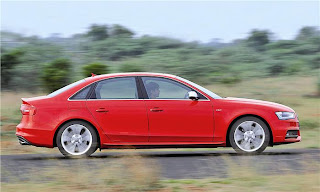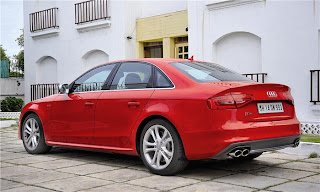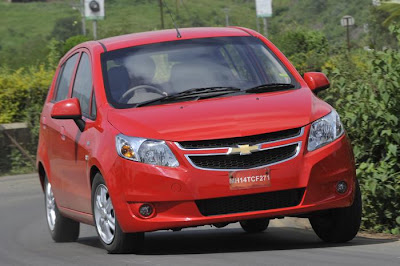
The
Chevrolet Sail U VA will be the first model to come out of the GM SAIC joint venture. This car, which will replace the Aveo U VA will ive into a cut throat & ruthlessly competitive segment. It will face stiff competition from considerably talented cars, like the Maruti Swift, Ford Figo & Toyota Etios Liva. So does it have enough oomph to take on the rest? Read on to find out.
The Sail, though nice looking, is styled to fit the ‘please all, displease none’ mould, & as a result looks a bit too generic & tame. The lines of the car are neat, the skinning is very modern & there are no unnecessarily exaggerated features. The angled headlights wrap around the nose quite nicely & the rising windowline makes the Sail look tipped forward & sporty. The rear isn’t as attractive & the vertically aligned tail lights look a bit old fashioned now.
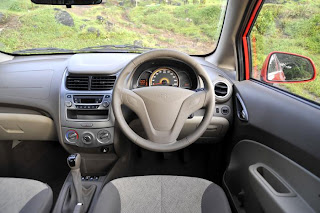
The Sail’s chassis has been engineered to provide extremely high levels of rigidity. GM’s engineers in India have also completely redone the suspension to suit our roads, which call for more ground clearance; hence raising the ride height of the cars was essential. The petrol version stands at 171mm, & the diesel at a lower (but still very high) 168mm. Taller, stiffer springs have been used & the front anti roll bar has been beefed up in accordance with the higher Gross Vehicle Weight (GVW). The dampers have been softened, however, keeping ride comfort in mind, so GM seems to have got the basics right.
GM plans to manufacture the Sail in India eventually with an extremely high level of local content. However, for now, localisation stands at 42 percent, with a much higher 65 percent on the cards in the near future.
The first impression of the interior is that it’s not particularly upmarket & the plastics are not very rich. Also, the doorpads are a bit shallow, the power window buttons are placed ahead of the gearlever & the glovebox is quite small. The interior is, however, very functional & has a restrained maturity. The protruding central console, with its large vents, is particularly attractive. Finished in dull silver, it contrasts with the rest of the dash quite nicely, & functionality of the buttons & switches is also good.
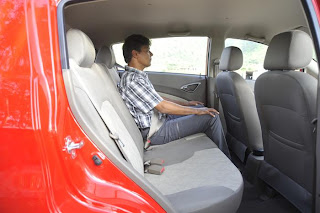
The front seats are quite comfortable & well bolstered, & though there is no height adjustment, outside visibility is good thanks to a high set seat. The rear doors open wide enough to make entry into the back quite easy, & you will be amazed by the amount of legroom on offer. Headroom isn’t as generous though, possibly due to the sloping roofline. The back seat felt a bit too flat & firm & lacked the plushness of the Swift’s seats, which are the benchmark for comfort. To make up, the seating position at the rear is brilliant thanks largely to a centrally placed fuel tank. Boot space is pretty decent & the Sail can swallow 248 litres of luggage. In terms of safety, the Sail is decently well equipped & comes with two front airbags & ABS on the top end version.
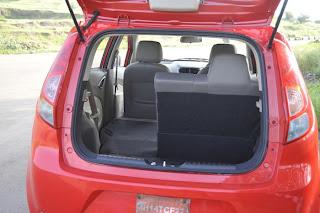
The diesel version of the Sail U VA uses what GM calls the 1.3 SDE (Small Diesel Engine), better known to us as Fiat’s Multijet unit. Though insulation is pretty good & noise levels much lower than rivals like the Figo, Liva & even Swift, you can still hear the diesel clatter from ahead of the firewall. There’s also a bit of turbo lag, but it’s not as pronounced as it is on the Swift. Keep the engine in the mid range & the Sail really rewards you. It feels really smooth & you can pick up the pace at any time without using the gearbox. The diesel Sail takes 15.2 seconds to get to 100kph, & in 22.9 seconds you are doing 120. Power tails off around 4200rpm, so it’s best to upshift early. In gear acceleration is quick as well due to its strong mid range. GM engineers have tuned this engine quite well & possibly this the best take so far on the venerable 1.3 multi jet diesel
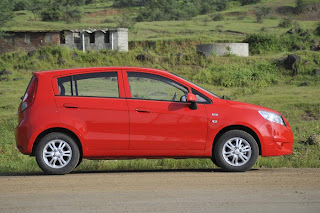
In comparison, the petrol engine is a bit of a mixed bag. Known as the 1.2 BDOHC, this 1199cc motor uses twin overhead cams & all aluminium construction. Idle is smooth enough & the engine is quite responsive at low speeds, but spin the motor faster & it gets quite audible. The Sail petrol surprised us with its flat out performance & the way it sprints from 0 100kph in just 14.6 seconds – quicker than the Swift. In gear acceleration is strong too, especially in third. The big news is the Sail’s all new F17 five speed manual gearbox which is a pretty accomplished unit & does duty in Opels & Vauxhalls in the sophisticated markets of Europe. Though the gear shift requires a bit of effort, we just love the short throw & the precise way in which this gearbox operates.

What amazed is the way this robust hatch gobbles up potholes for breakfast & feasts on the worst that our road authorities can feed it. The key to the Sail’s amazing ability to float over bad roads is the pliant, long travel suspension that’s been brilliantly set up, & the tall 175/70 R14 tyres. In fact, so good is the ride that it could well be the best riding car in its class. Only a bit of road noise from the rear & some vertical movement at high speeds spoil its near perfect score in this respect.
The steering is quite light, which is a big help in town, & even when you press on, you will be impressed with the accuracy of the helm. It’s just that the steering isn’t bristling with feel & has a dead zone around the straight ahead position, which sanitises the driving experience. The Sail rolls a fair bit & it doesn’t like darting in & out of corners but then that isn’t its brief
Straight line stability is superb though, & as a long distance tool the Sail is surprisingly good. The brakes are not as strongly servo ed as some other hatchbacks, but they deliver plenty of confidence.
Viewed in totality, GM’s Sail U VA has a lot of plus points. It has a large & spacious cabin, unbelievably good ride quality & uses one of the best small capacity diesel engines around, which GM has tuned to be even better. The Sail is a tough, no nonsense car that’s really well suited to Indian conditions.
It has its downsides. The petrol motor is noisy & we weren’t impressed by the interior quality. Still, at an expected starting price of Rs 4.2 lakh (ex showroom) for the petrol & Rs 5.8 lakh for the diesel, backed by a three year warranty, the Chevy Sail is serious bang for your buck. This could be the surprise of 2012.
Fact File
Price Range (in lakhs)*
Ex-showroom price
Rs 4.2-6.5 lakh (est. ex-showroom)
Engine
Fuel
Petrol/ diesel
Installation
Front, transverse
Type
4 cyls, 1199cc, petrol / 4 cyls 1248cc,
turbo-diesel
Bore/stroke
69.5/79.0mm; 69.7/82.0mm
Power
85bhp at 6000rpm / 77bhp at 4000rpm
Torque
11.52kgm at 4400rpm / 20.90kgm at 1750rpm
Power to weight
79.81/68.50bhp per tonne
Transmission
Type
Front-wheel drive
Gearbox
5-speed manual
Dimensions
Length
3946mm
Width
1690mm
Height
1503mm
Wheel base
2465mm
Boot volume
248 litres
Ground clearance
174/168mm
Chassis & Body
Construction
Five-door, monocoque, hatchback
Weight
1065/1124kg
Tyres
175/70 R14
Spare
Full size
Suspension
Front
Independent, Mac-Pherson struts, coil springs, stabiliser bar
Rear
Non-independent, coil springs
Steering
Type
Rack and pinion
Type of power assist
Hydraulic
Brakes
Front
Ventilated discs
Rear
Drums
Anti-lock
Yes
Economy
Tank size
42 litres









